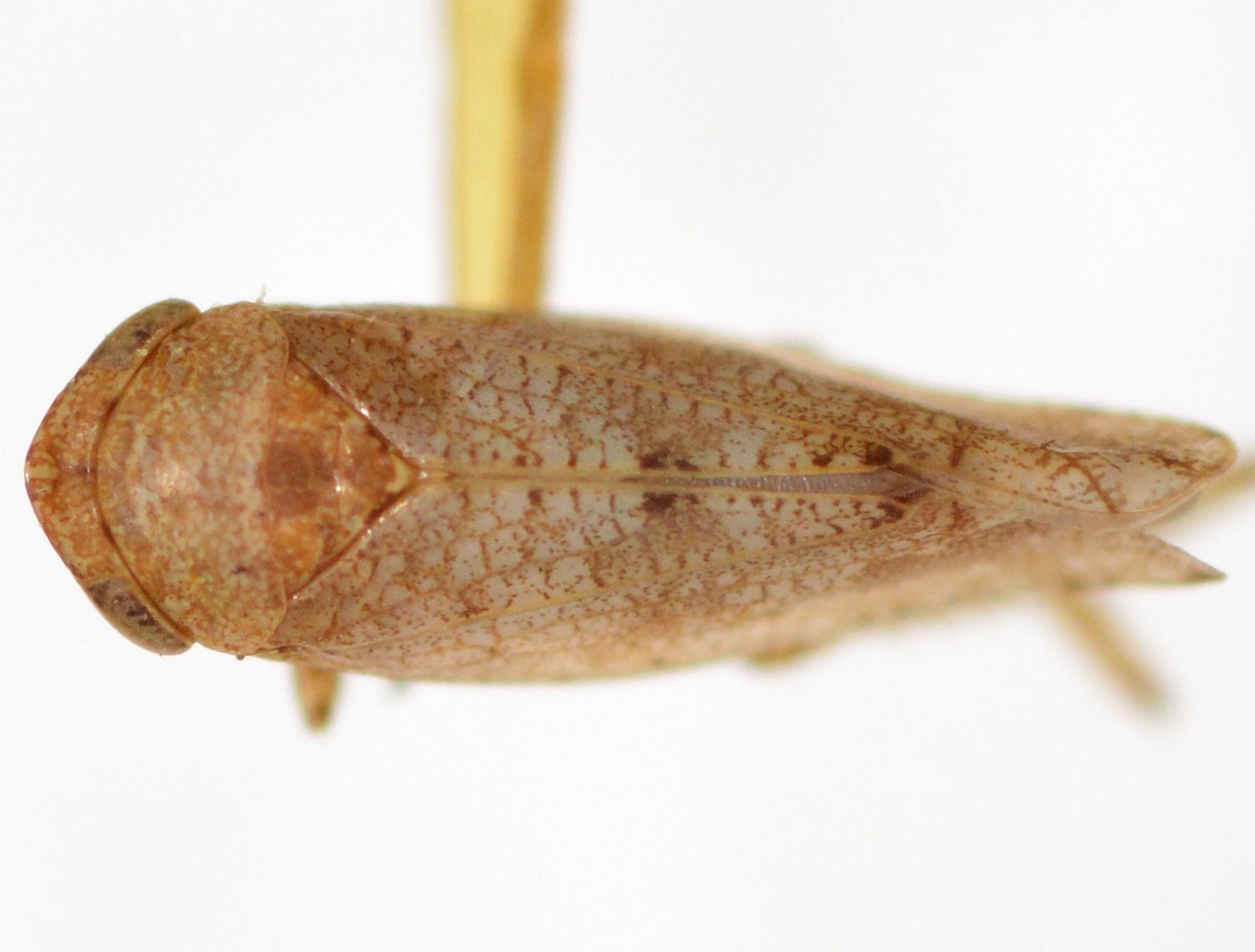
|
|
|
| synonym |
|
| description |
A brownish species, ranging from pale to dark brown, with a head that is slightly wider than the pronotum; the head is longer in most females. The crown is slightly produced with a noticeable point, and it is angled towards the face. The wings have a distinct banded appearance (perhaps not quite as evident in dark individuals). The male subgenital plates are triangular. The female pregenital sternite has a prominent median projection with a small notch in the middle. Adult males are 5.5-5.7 mm long, while females are 6.1-7.3 mm. (Hamilton 1975)
For pictures and diagrams of this species, see: 3I. |
| distribution |
Eastern United States, primarily the Southeast |
| abundance |
Scattered records across the Piedmont and Coastal Plain; probably more abundant in the right habitat. |
| seasonal_occurrence | |
| habitat |
Pine forest |
| plant associates |
P. s. stipatus: slash pine (Pinus elliottii)
P. s. tullahomi: Pinus rigida and P. virginiana, with a preference to seedlings
(Hamilton 1975) |
| behavior |
Can probably be attracted at night with a light. |
| comments |
There are two subspecies of Pendarus stipatus: P. s. stipatus and P. s. tullahomi. Ssp. stipatus is primarily coastal, ranging into the Piedmont. It integrades with tullahomi further inland; tullahomi is darker overall than stipatus. (Hamilton 1975)
In North Carolina, ssp. tullahomi has only been recorded from Polk county.
This species is very similar to P. avicephalus, with very similar color patterns and prefenital sternite shapes, though the lateral lobes are usually slightly more produced in stipatus. The main visual difference, albeit subtle, between these two species is the shape of the head in females. In avicephalus, the coronal margins of the head are sharply angled apically, giving the margins a concave appearance; in stipatus, the margins of the head are straight or convex. (Hamilton 1975) |
status |
[Native:]
[Introduced:]
[Extirpated:] | | list_type |
[Official:]
[Provisional:] |
| adult_id | Unmistakable and widely known Identifiable from good quality photos of unworn specimens
Identifiable from photos showing undersides, or other specialized views [e.g., legs, face]
Identifiable only by close inspection of structural features or by DNA analysis NULL |
| nymph_id | Unmistakable and widely known Identifiable from good quality photos, especially where associated with known host plants
Identifiable from close inspection of specimens or by DNA analysis
Identifiable only through rearing to adulthood NULL |
| G_rank |
|
| S_rank |
|
| rank_comments |
|
| tribe |
Pendarini |
| subgenus |
Pendarus |
Species Photo Gallery for Pendarus stipatus No Common Name |
 | Photo by: Kyle Kittelberger
Out Of State Co.
Comment: NCSU specimens | 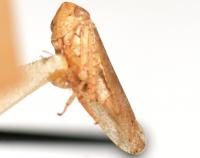 | Photo by: Kyle Kittelberger
Out Of State Co.
Comment: NCSU specimens |
 | Photo by: Kyle Kittelberger
Out Of State Co.
Comment: NCSU specimens |  | Photo by: Kyle Kittelberger
Out Of State Co.
Comment: NCSU specimens |
 | Photo by: Bo Sullivan
Scotland Co.
Comment: male, 5.2 mm; distinctive pygofer with three spines keys to stipatus rather than punctiscriptus | 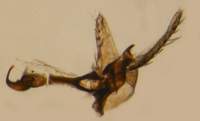 | Photo by: Bo Sullivan
Scotland Co.
Comment: male, 5.2 mm; distinctive pygofer with three spines keys to stipatus rather than punctiscriptus |
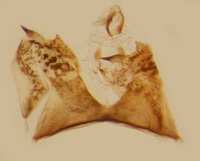 | Photo by: Bo Sullivan
Scotland Co.
Comment: male, 5.2 mm; distinctive pygofer with three spines keys to stipatus rather than punctiscriptus | 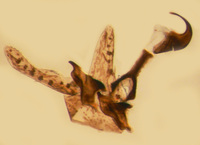 | Photo by: Bo Sullivan
Scotland Co.
Comment: male, 5.2 mm; distinctive pygofer with three spines keys to stipatus rather than punctiscriptus |
 | Photo by: Bo Sullivan
Scotland Co.
Comment: male, 5.2 mm; distinctive pygofer with three spines keys to stipatus rather than punctiscriptus |  | Photo by: Bo Sullivan
Scotland Co.
Comment: male, 5.2 mm; distinctive pygofer with three spines keys to stipatus rather than punctiscriptus |
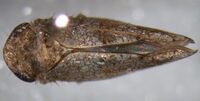 | Photo by: Bo Sullivan
Scotland Co.
Comment: male, 5.2 mm; distinctive pygofer with three spines keys to stipatus rather than punctiscriptus |

 »
»
